Management role: Forestry experts explain efforts to bolster forest health, climate resilience
|
Published: 02-19-2024 10:01 PM
Modified: 02-20-2024 5:56 PM |
With the state dealing with catastrophic consequences of climate change, the debate around forest management continues to make headlines as Massachusetts policymakers discuss the best way to maximize carbon sequestration in forests.
Trees and other plants absorb carbon from the atmosphere to store it in their trunks and leaves, and soil holds carbon in its layers of decaying organic matter. Forests are carbon sinks, counteracting the harmful greenhouse gas emissions produced by human civilization.
In June 2023, Massachusetts formed a Climate Forestry Committee to draft guidelines for forest management. These guidelines, released on Jan. 12, detail competing interests of biodiversity, water management, wood production and conservation.
Among the guidelines is a recommendation that more areas be designated for passive forest management, allowing nature to regulate itself. According to the Forest as Climate Solutions report, passive management allows trees and soil to sequester more carbon. The state set a goal of designating 30% of state-owned forests as conservation lands by 2030, and 40% by 2050.
Yet another overarching suggestion in the report proposes management of forests to increase climate resilience, or a forest’s ability to withstand severe weather caused by climate change like flooding, heat waves and drought. This management involves varying levels of human involvement, from removing invasive species and cutting down trees to observing and guiding the recovery of forestlands.
According to forest managers and researchers, the size of humans’ role in fostering and maintaining climate resilience in forests depends dramatically on the trees themselves.
“You can get bogged down in numbers and tons of carbon and any number of metrics, but it’s actually pretty simple: A climate-resilient forest is a resilient forest,” said foresting consultant Michael Mauri of South Deerfield. “We can talk about forest just from the perspective of the forest and then add climate in, but we can’t talk about climate resilience without talking about resilience.”
Mauri managed private, municipal and nonprofit-owned forests in western Massachusetts for more than 30 years. When he is called in to improve resiliency in a forest, he applies forest management techniques to promote growth of less common species, like yellow birch or sugar maple, and by cutting abundant species that crowd it, such as red oak, red maple and white oak, he said.
Article continues after...
Yesterday's Most Read Articles
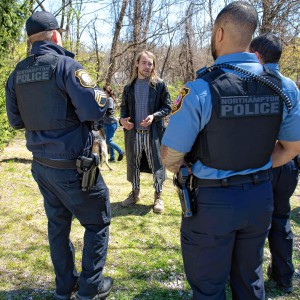 Homeless camp in Northampton ordered to disperse
Homeless camp in Northampton ordered to disperse
 The Iron Horse rides again: The storied Northampton club will reopen at last, May 15
The Iron Horse rides again: The storied Northampton club will reopen at last, May 15
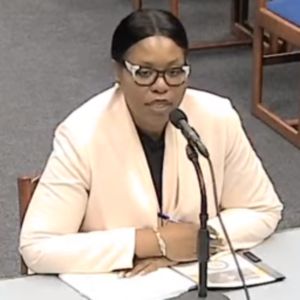 Final pick for Amherst regional superintendent, from Virgin Islands, aims to ‘lead with love’
Final pick for Amherst regional superintendent, from Virgin Islands, aims to ‘lead with love’
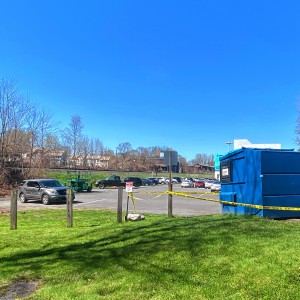 Authorities ID victim in Greenfield slaying
Authorities ID victim in Greenfield slaying
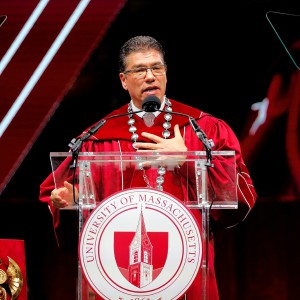 Reyes takes helm of UMass flagship amid pro-Palestinian protests
Reyes takes helm of UMass flagship amid pro-Palestinian protests
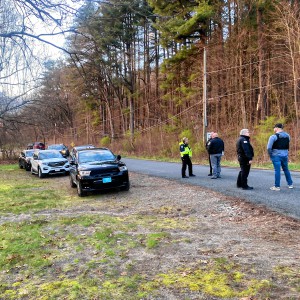 Police report details grisly crime scene in Greenfield
Police report details grisly crime scene in Greenfield
Mauri will use a forest management strategy called thinning. He will identify a young tree of interest, then cut a couple of trees near the sapling to create an opening in the canopy. The light that filters in from the opening supports the young tree, which would normally get out-competed by more common species.
“You can reduce competition around some of the trees so they can thrive, that actually helps their longevity,” Mauri said.
Yet Mauri still uses passive management in his forest practices, leaving sections of the forest to regulate themselves using natural processes.
“If I told you I was managing the forest and you went with me to look at it, a lot of it would not be managed. Ideally, there would be a mix: areas of thinning, areas left alone and areas where young trees are growing,” Mauri said.
Doctoral candidate and University of Vermont Forest Manager Jessica Wikle studies this mixed approach by observing how different forest management treatments result in different forest compositions. As part of a larger study across North America called Adaptive Siliviculture for Climate Change, her research evaluates three different broad forest management treatments and observes their effectiveness.
“A lot of what these (treatments) did was work to change the forest composition in order to create more diversity across the forest,” Wikle said. “A young patch of forest might live through a wind storm better than an older tree, but an older tree might survive a flood better than a young tree.”
Under the Adaptive Silviculture for Climate Change framework, a resistance approach maintains the current forest’s composition. A resilience approach adds some variation in tree species and ages to absorb part of weather-related disturbances while still conserving the current ecosystem. A transitional forest takes resilience a step farther by altering the ecosystem through more intense management, such as planting trees from other environments that may thrive in 40 years as climate conditions change.
“One that I hear a lot is that forest management is inherently destructive and sometimes people think forest management makes it so that it’s not forest anymore,” Wikle said. “People have always interacted with forests in different ways … and forest managers and forest researchers tend to be highly educated in forest ecology and carry out management to benefit forests.”
Mauri’s mixed management approach also applies when managing forestland for climate resilience, only the specific species foresters want to promote may change from less common species to trees that can withstand drought, floods or heavy storms.
“We don’t know how the forest is going to respond to the conditions in 50 years. We can’t say that in 50 years it’s always going to be 5 degrees warmer. But if we expect to see drought and heavier rain, then let’s manage for drought or flood,’” Wikle said.
Jess Gersony, a plant physiologist and assistant professor at Smith College, researches the repercussions of drought on New England tree species’ ability to photosynthesize. Plants sequester carbon by manufacturing sugars from water and carbon dioxide. Limited access to water may impede a tree’s ability to synthesize food and shut down carbon transport in a plant.
“I think there’s still gonna be a lot of trees in the Northeast; I think the species composition might shift a little,” Gersony said. “What I’m learning from my work is not a question of tree mortality, but a question of degree of success of carbon sequestration and growth.”
In her past research, Gersony discovered that the highly abundant northeastern species of red oak trees have a robust ability to continue moving carbon throughout the tree during drought.
In a partnership with Terrestrial Ecosystems Analysis Lab at the University of New Hampshire, Gersony and her laboratory expanded her work on drought tolerance to 10 New England tree species. She tracks the water levels that trees begin to wilt at, because when they wilt, photosynthesis and carbon sequestration is coming to a halt.
“When the plant does get to this wilting point, photosynthesis stops,” Gersony said. “If you can figure out when photosynthesis stops in scenarios of varying water availability for different species, you can figure out how carbon sequestration is impacted.”
Although the research is still in the early stages of data evaluation, Gersony said the data show a wide range of drought tolerance in tree species throughout the Northeast.
This natural range of resilience isn’t limited to just New England. Before Angelica Patterson became the curator of education and outreach for Miller Worley Center for the Environment at Mount Holyoke, she conducted research and education in New York’s Black Rock Forest. Patterson observed physiological differences in the ways trees responded to temperature across individual species and groups of trees that came from historically different range distributions.
“We’re talking about even within one species, you have variation in their genetics, as well as interactions between how their genes are expressed in the environment they are growing in, which varies depending on their location,” Patterson said.
Changing environmental conditions can change the ability of individual trees to absorb carbon.
As Patterson explains, deciduous trees regrow their leaves each spring under different conditions. Patterson gives the example of nitrogen levels impacting the leaves’ amount of chlorophyll, the green pigment in plants that absorb sunlight. Therefore, a year with a lower amount of nitrogen in the soil may influence the composition of leaf tissue and biochemistry of the plant, which could result in less carbon assimilation and sequestration.
Mauri, Wikle, Gersony and Patterson all agree that forest management for climate resilience is all about context. Wikle and Mauri look at various forest management treatments for different forest management goals. Patterson and Gersony’s research tracks species’ ability to withstand disturbances with yearly variation of precipitation and temperature.
But Patterson goes a step further, adding that both historical and human context influences management practices. Scientists and foresters often cite the controlled burn practices of Indigenous people as an example of historical interaction between humans and the environment that increases biodiversity and resiliency.
“What’s really important is to have these management practices, these decisions that are being made about the future of forests, to incorporate diverse voices,” Patterson said. “We can empower each other, we can inspire each other and really learn from each other. Indigenous populations have been managing these forests for thousands of years and there’s a lot that we can learn from that.”
Staff Writer Emilee Klein can be reached at eklein@gazettenet.com.

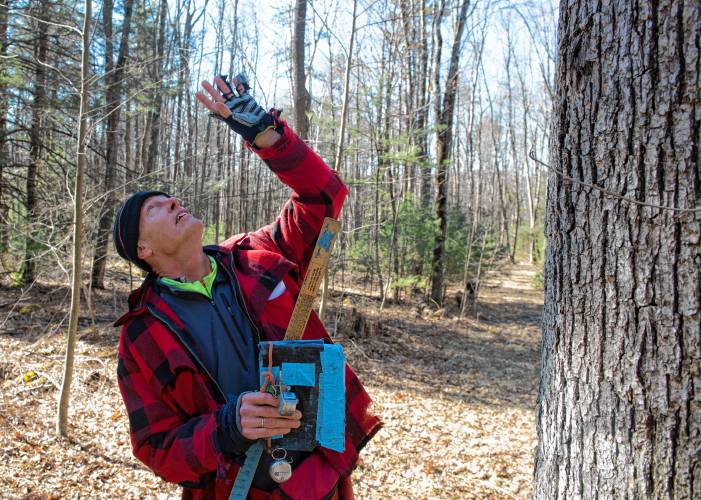
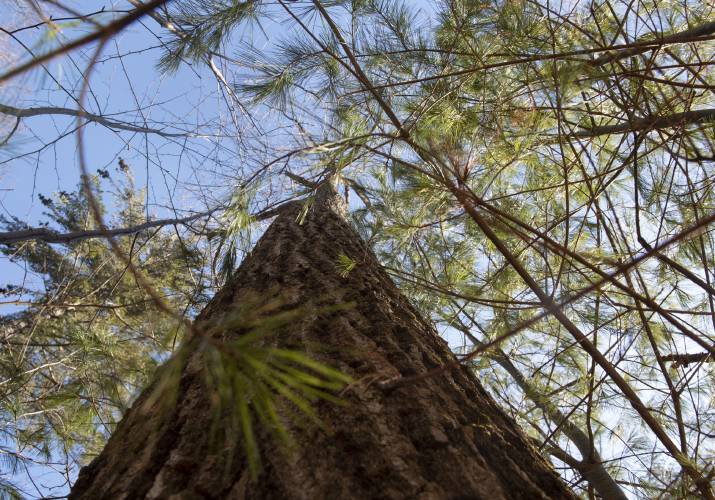
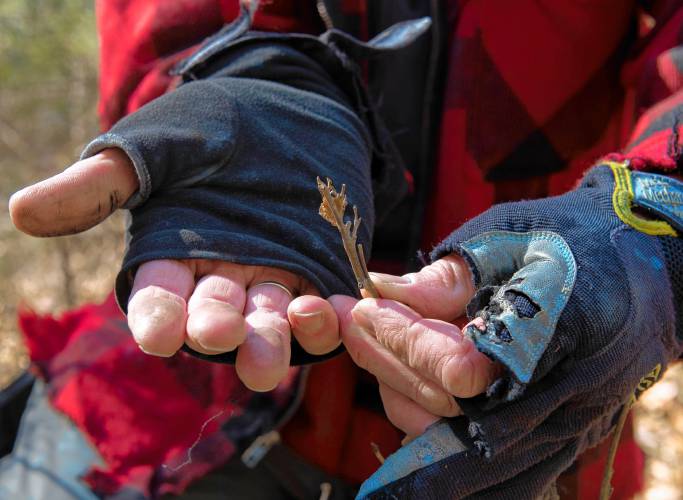
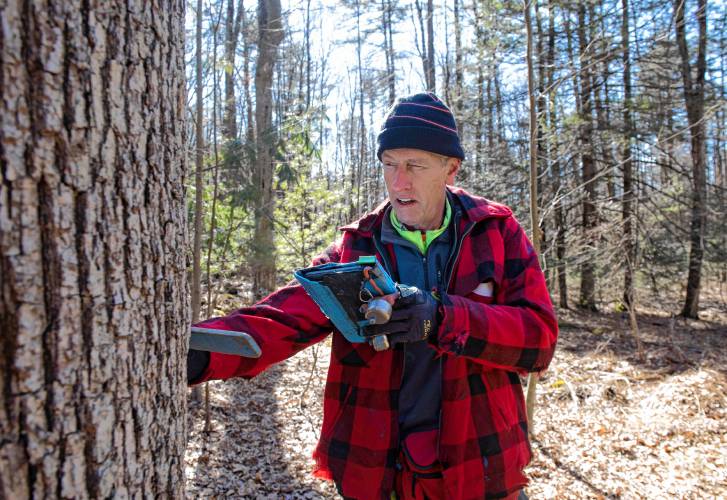
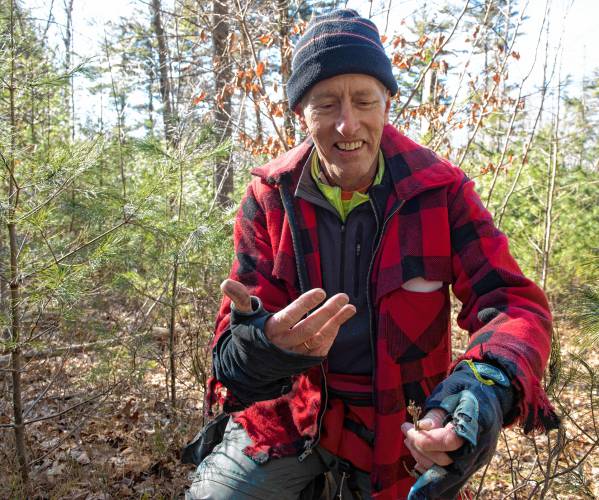
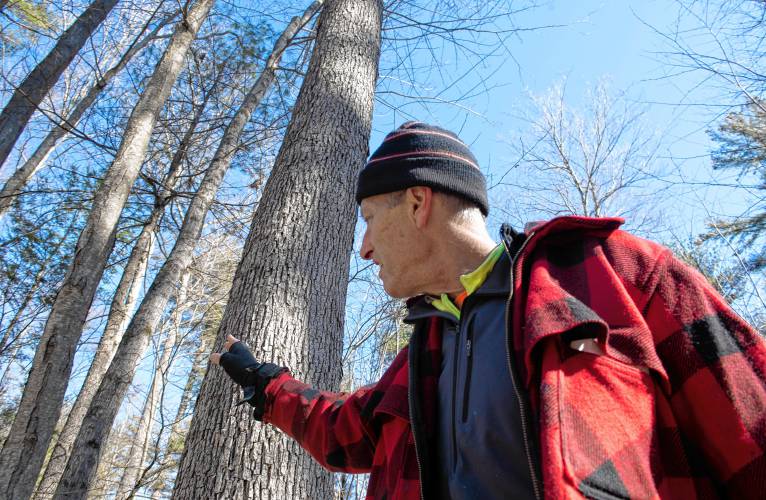
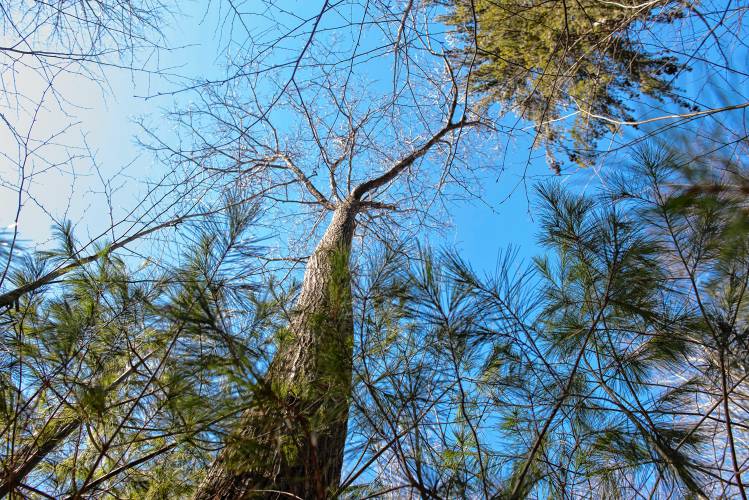
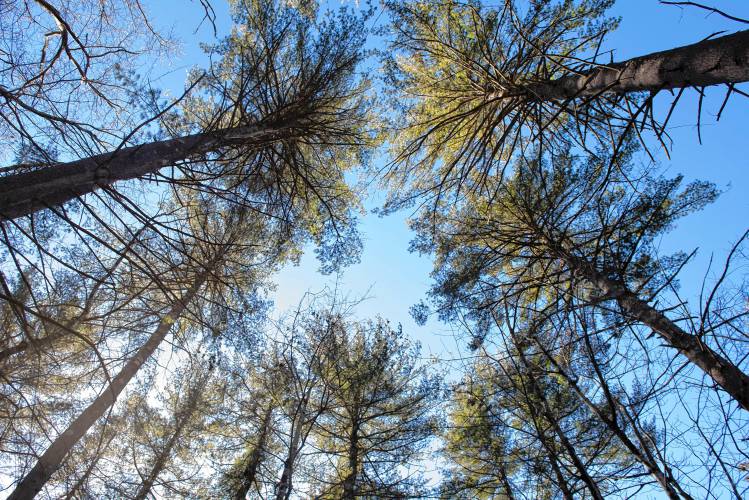
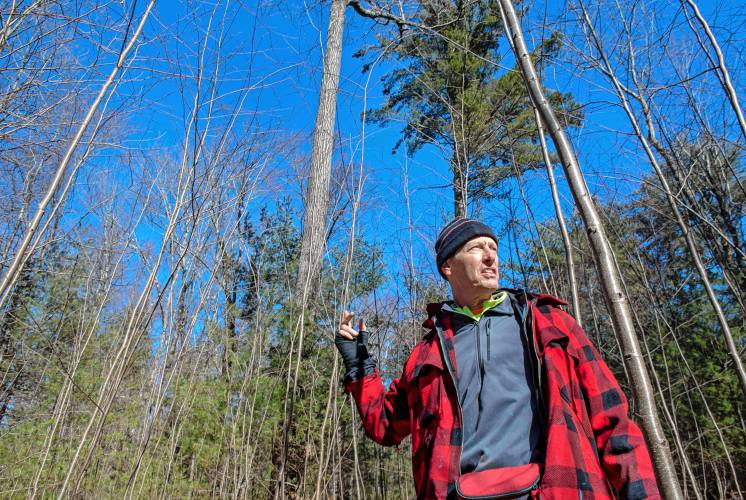
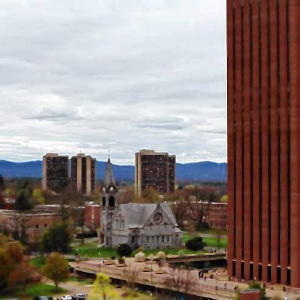 Federal probe targets UMass response to anti-Arab incidents
Federal probe targets UMass response to anti-Arab incidents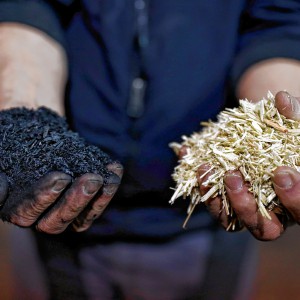 Locking up carbon for good: Easthampton inventor’s CO2 removal system turns biomass into biochar
Locking up carbon for good: Easthampton inventor’s CO2 removal system turns biomass into biochar William Strickland, a longtime civil rights activist, scholar and friend of Malcolm X, has died
William Strickland, a longtime civil rights activist, scholar and friend of Malcolm X, has died
